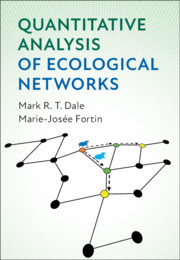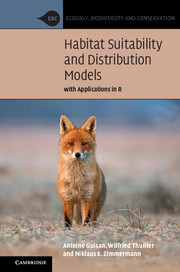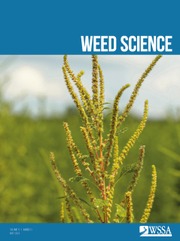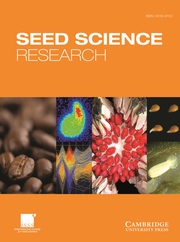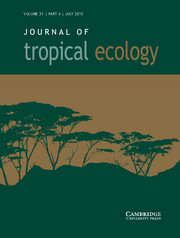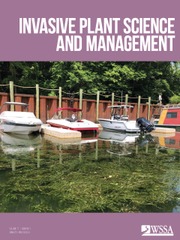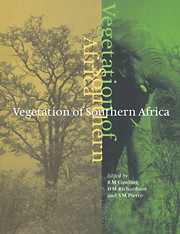Invading Ecological Networks
Part of Ecology, Biodiversity and Conservation
- Authors:
- Cang Hui, Stellenbosch University, South Africa
- David Richardson, Stellenbosch University, South Africa
- Date Published: April 2022
- availability: In stock
- format: Paperback
- isbn: 9781108745963
Paperback
Other available formats:
Hardback, eBook
Looking for an examination copy?
This title is not currently available for examination. However, if you are interested in the title for your course we can consider offering an examination copy. To register your interest please contact [email protected] providing details of the course you are teaching.
-
Until now, biological invasions have been conceptualised and studied mainly as a linear process: from introduction to establishment to spread. This volume charts a new course for the field, drawing on key developments in network ecology and complexity science. It defines an agenda for Invasion Science 2.0 by providing new framings and classification of research topics and by offering tentative solutions to vexing problems. In particular, it conceptualises a transformative ecosystem as an open adaptive network with critical transitions and turnover, with resident species heuristically learning and fine-tuning their niches and roles in a multiplayer eco-evolutionary game. It erects signposts pertaining to network interactions, structures, stability, dynamics, scaling, and invasibility. It is not a recipe book or a road map, but an atlas of possibilities: a 'hitchhiker's guide'.
Read more- Provides a 'hitchhiker's guide' to Invasion Science 2.0
- Introduces the theory of open adaptive networks, step-by-step, using explanations in ordinary-language and examples throughout
- Stimulates thinking towards novel ecosystems under persistent transition and turnover of species
Reviews & endorsements
'This book represents a significant contribution to the field by articulating important ecological questions in the context of previous work in invasion science and by providing new perspectives that ecologists need in order to face the great environmental challenges of our time.' Laura Burkle, The Quarterly Review of Biology
Customer reviews
Not yet reviewed
Be the first to review
Review was not posted due to profanity
×Product details
- Date Published: April 2022
- format: Paperback
- isbn: 9781108745963
- length: 400 pages
- dimensions: 227 x 154 x 21 mm
- weight: 0.75kg
- availability: In stock
Table of Contents
1. Invasion science 1.0
2. Relentless evolution
3. Network assembly
4. Regimes and panarchy
5. Network transitions
6. Network scaling
7. Rethinking invasibility.
Sorry, this resource is locked
Please register or sign in to request access. If you are having problems accessing these resources please email [email protected]
Register Sign in» Proceed
You are now leaving the Cambridge University Press website. Your eBook purchase and download will be completed by our partner www.ebooks.com. Please see the permission section of the www.ebooks.com catalogue page for details of the print & copy limits on our eBooks.
Continue ×Are you sure you want to delete your account?
This cannot be undone.
Thank you for your feedback which will help us improve our service.
If you requested a response, we will make sure to get back to you shortly.
×


